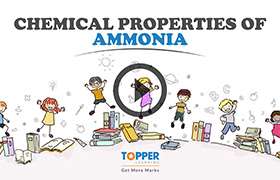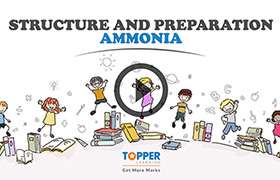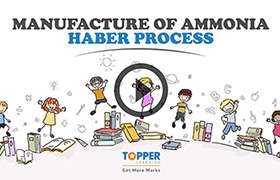ICSE Class 10 Answered
First understand the reaction, its reactants and products formed from the given reactants. Then try to balance the atoms present on the reactant side with atoms present in the product side.
Steps involved in Balancing a Chemical Equation
Consider the chemical reaction between magnesium and oxygen to understand the steps involved in balancing a chemical equation.
Step 1
Let us first write the word equation for this reaction.
Magnesium + Oxygen → Magnesium oxide
Step 2
Write the chemical equation for reaction between magnesium and oxygen.
Mg + O2 → MgO
Step 3
Count the number of times an element is occurring on both L.H.S. and R.H.S. in this equation.
Mg + O2 → MgO
|
Component |
Reactant |
Product |
|
Magnesium |
1 |
1 |
|
Oxygen |
2 |
1 |
This is an unbalanced equation.
Step 4
To balance a chemical equation, first draw boxes around each formula. Do not change anything inside the boxes while balancing the equation.
Choose a reactant or a product that has the maximum number of atoms in it. In that compound, select the element which has the maximum number of atoms. In this equation we shall select MgO i.e. Magnesium oxide and the element oxygen in it.
To balance the oxygen atoms, let us multiply magnesium oxide molecule by 2 on the right hand side.
The equation can now be expressed as,
|
Component |
Reactant |
Product |
|
Magnesium |
1 |
1 X 2 = 2 |
|
Oxygen |
2 |
1 X 2 = 2 |
Step 5
There are two oxygen atoms on either side of the equation but one magnesium atom on the reactant's side and two on the product's side. Therefore, multiply the magnesium atom by 2 on the left hand side.
|
Component |
Reactant |
Product |
|
Magnesium |
1 X 2 = 2 |
2 |
|
Oxygen |
2 |
2 |
Balanced equation is,
The number of atoms of each element of reactants = The number of atoms of each element of products
Step 6
Writing Specific conditions on the Arrow
The reaction is carried out in the presence of ‘Heat’. On heating, magnesium combines with oxygen present in air to form magnesium oxide.
Step 7
Writing symbols of Physical state
To make a chemical equation more informative, the physical states of the reactants and products are mentioned along with their chemical formulae.
The gaseous, liquid, aqueous and solid states of the reactants and products are represented by the notations (g), (l), (aq) and (s) respectively.
The word aqueous (aq) is written if the reactant or product is present as a solution in water.
Using these steps, you can balance any chemical equation.




